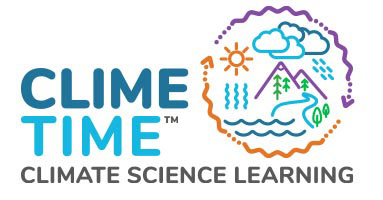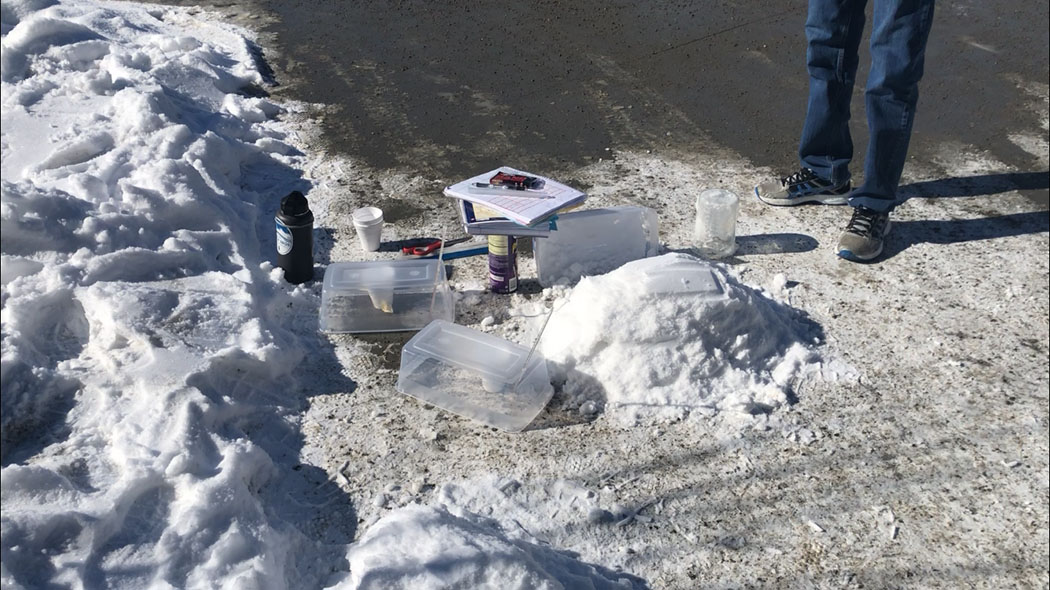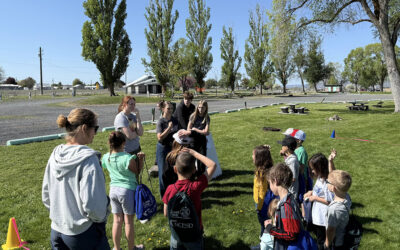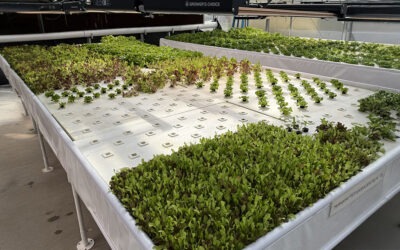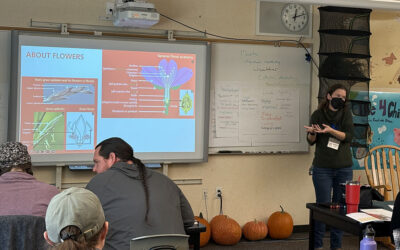10th grade students in Molly Ravitz’s class are using a unit developed by local teachers around local phenomenon. Students are testing out their lab design to investigate the insulating properties of snow and its effect of sub-talus temperature in the winter in order to conclude how a decreased snowpack might negatively impact pika habitat. Students filled cups with hot water to simulate pika heat, and placed them underneath a plastic bin with a thermometer sticking out to measure the air temperature in the bin. For their experimental setup, they buried the plastic bin under a mound of snow. Data showed a huge difference in temperature between the two set ups: the buried “environment” stayed warmer for each trial, proving that snow traps heat beneath it.
A Day of Discovery: Outdoor Learning at Coulee City
On a bright spring morning, the Coulee City Campground buzzed with excitement as students from Coulee City Elementary and Almira Elementary gathered for a one-day outdoor learning event. From kindergarteners to fifth graders, kids were eager to spend the day outside...
